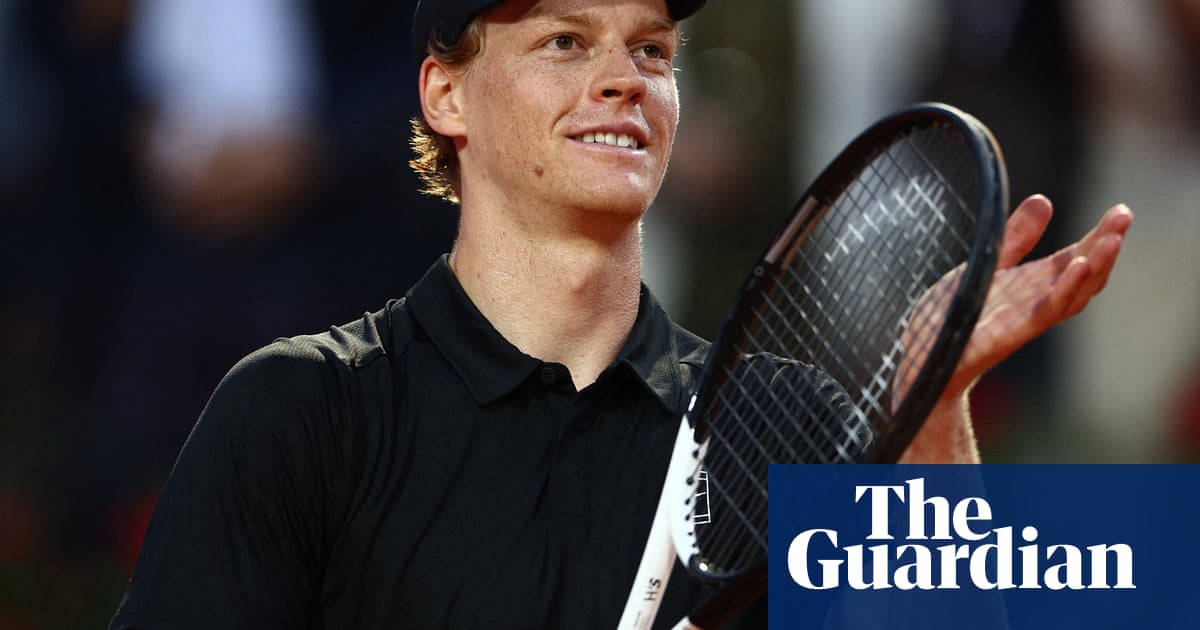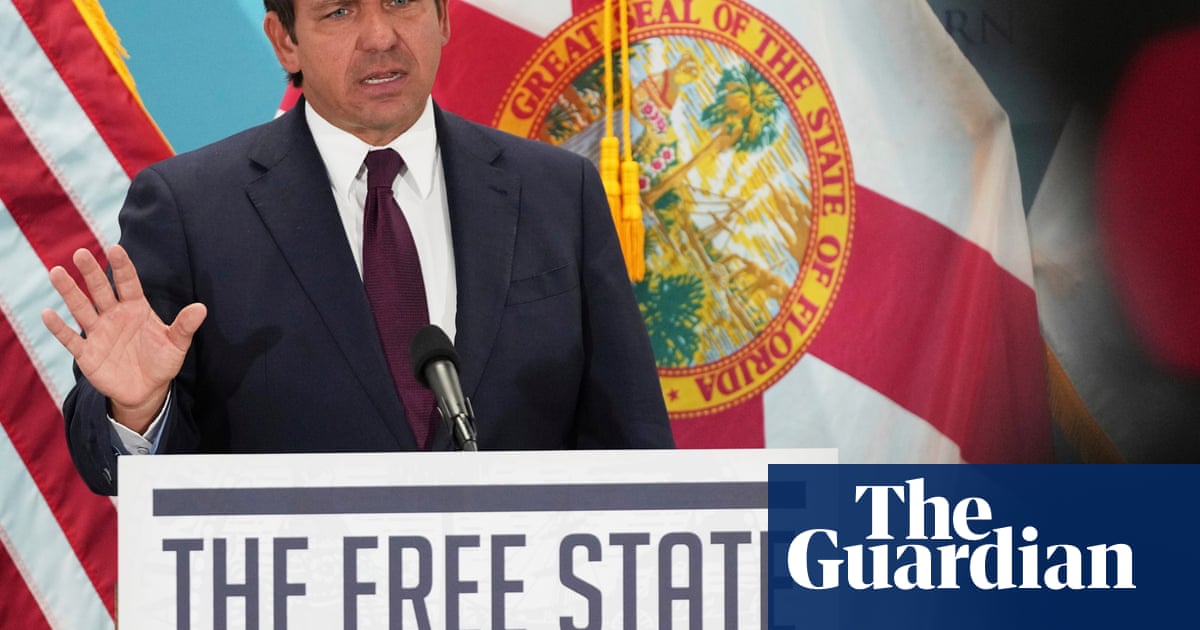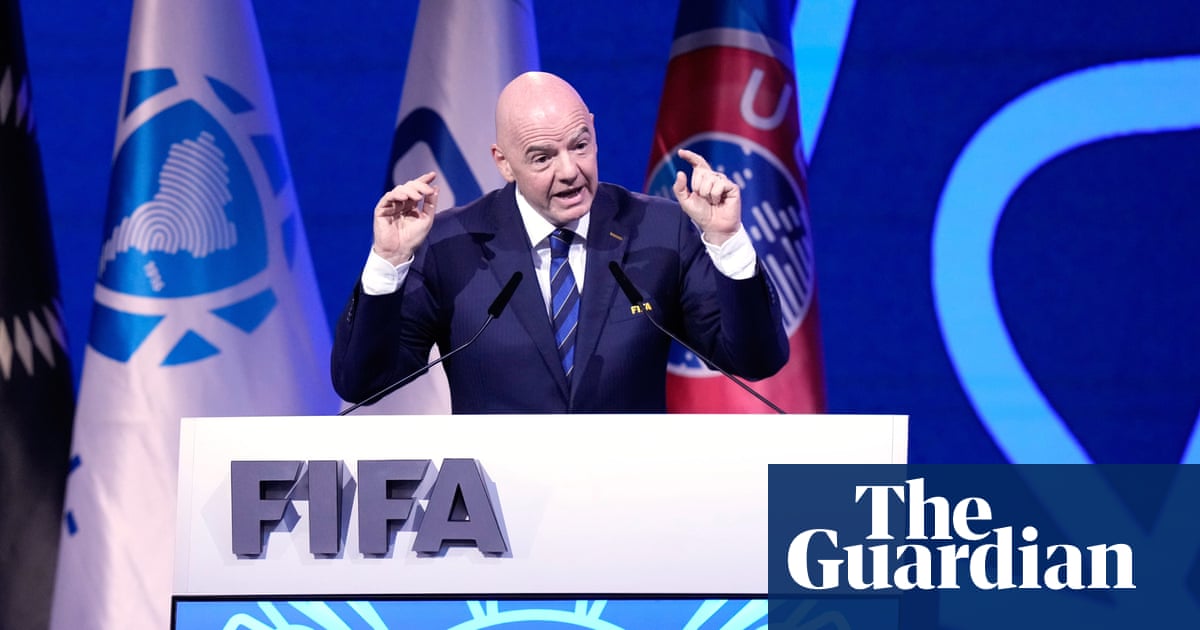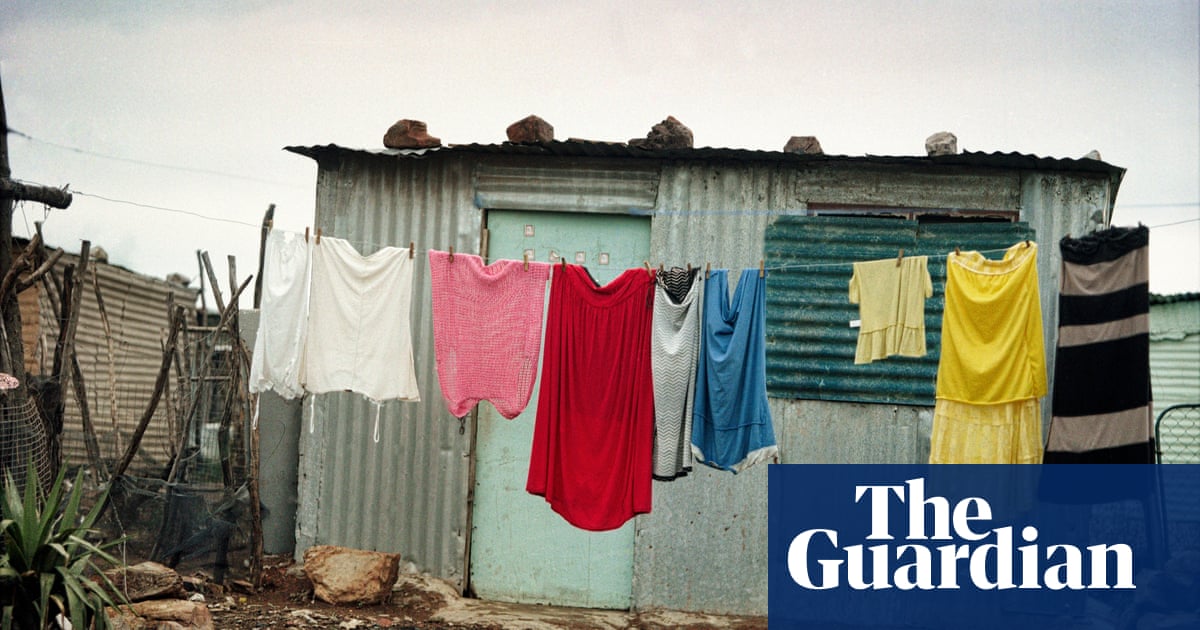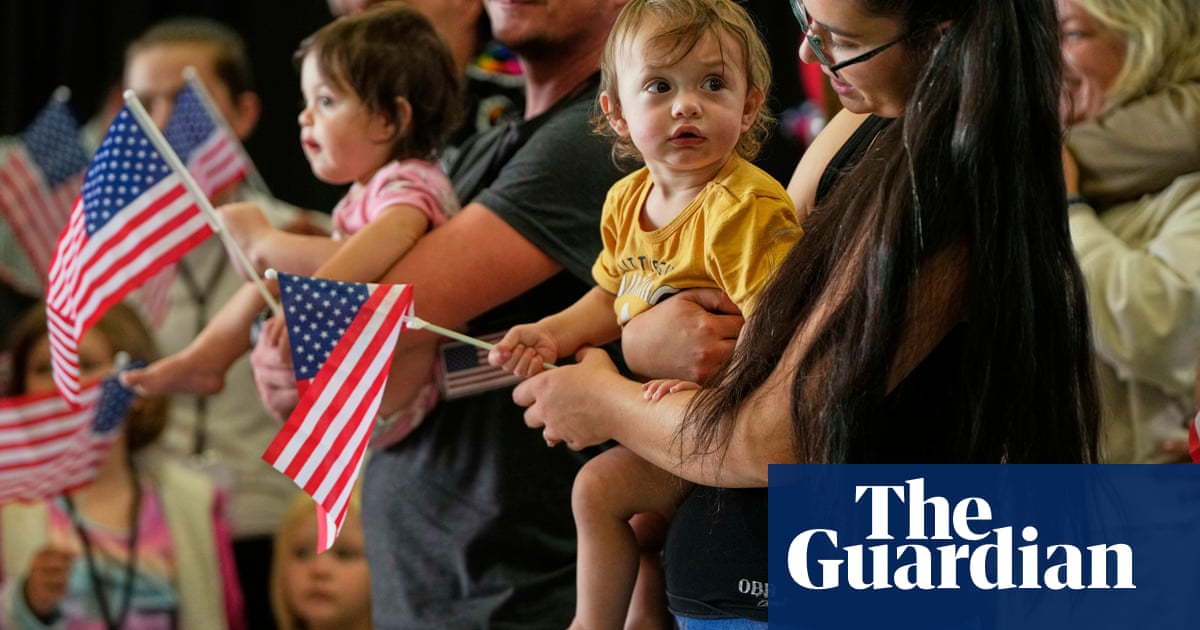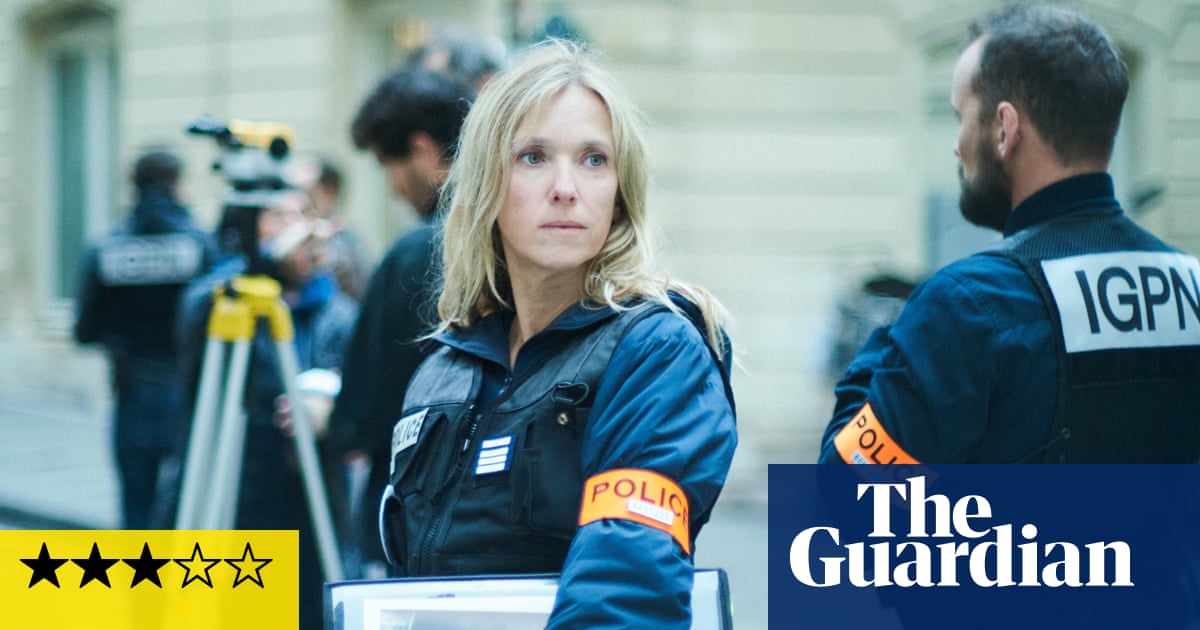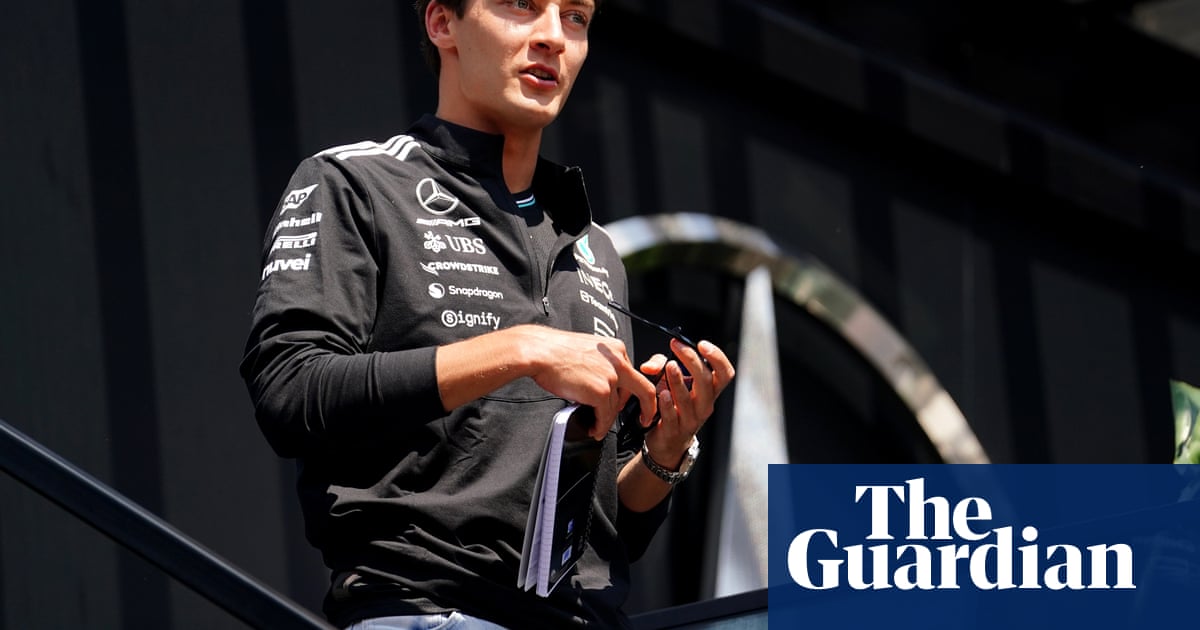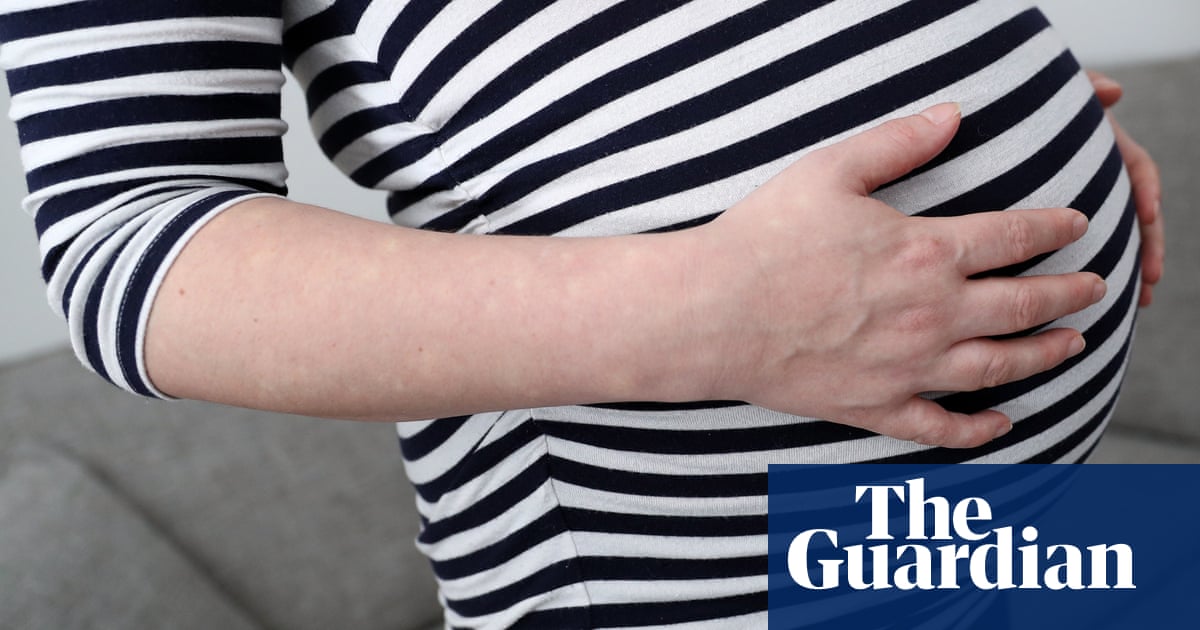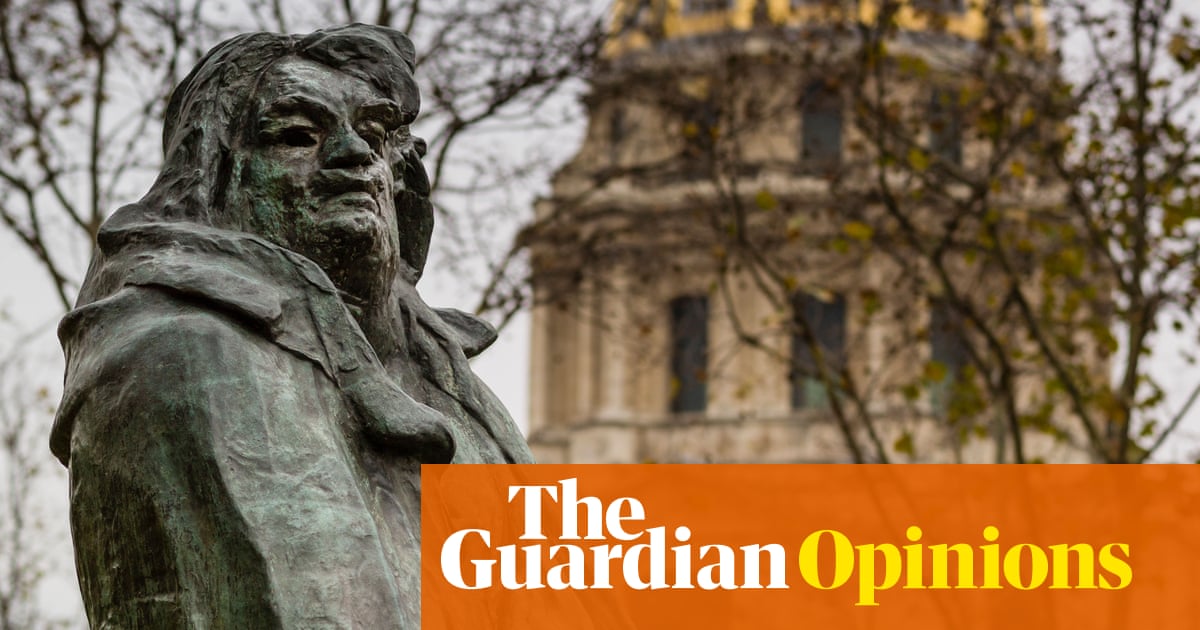This week’s news that Burberry is cutting 1,700 jobs after a 117% fall in profits is, of course, terrible for affected employees around the world – including 170 at its West Yorkshire trenchcoat factory – but did not come as a surprise within the fashion world.
Although a slowdown across luxury goods is partly to blame, some of this is Burberry specific – the buzz around the brand has been waning, and disquiet has led to this action plan. Those watching the company clearly approve – its shares rose 17% after the news on Wednesday.
However, many may be confused as to why one particular job is safe in the shake-up – that of Daniel Lee, the brand’s chief creative officer. “Daniel and I are committed together to moving Burberry forward,” the chief executive, Joshua Schulman, told Women’s Wear Daily.
Lee took over at the brand in 2022, after a highly praised four-year tenure at the Italian brand Bottega Veneta. He brought in a fashionable demographic with a trademark colour known as “Bottega green” and accessories such as the Pouch, which became the fastest-selling bag in the brand’s history.
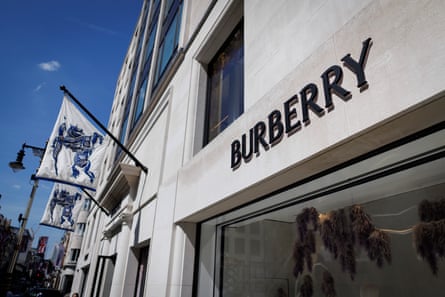
His time at Burberry has not been so successful, however, with the Guardian describing its autumn-winter 2023 season as “a little lacklustre”. Rumours persist that Kim Jones, who has just left Dior Men and Fendi after seven and four successful years respectively, might be Lee’s successor.
But Lee is not the first designer to stall at Burberry. Riccardo Tisci – who was recently hit with an accusation of sexual assault, which he has called “categorically untrue” – was at the brand in 2018-22, and while his catwalk shows were glamorous and dramatic, they did not make Burberry buzzy either. The Guardian judged them to be “cool but overcomplicated”.
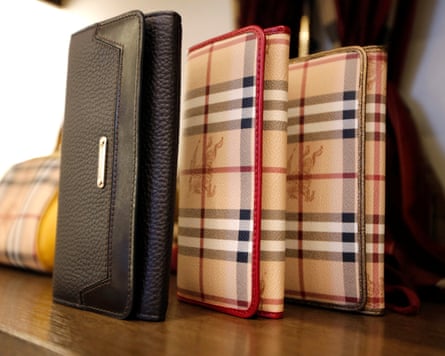
Schulman’s backing of Lee is not based on blind loyalty – he is bound to opt for the creative who will make the brand money.
Lee’s most recent outing, for autumn-winter 2025, was seen as showing potential, from its starry cast including Richard E Grant and an actual knight in armour to the collection that focused on outerwear.
There has also been a step change in the advertising imagery. The latest summer campaign, with models including Paloma Elsesser and Jack Draper, highlighted the house check on bikinis and bucket hats for an accessible and commercial style.
Boring.com, the influential Instagram account run by opinionated insiders, still judges the brand to be lacking. “That recent cheesy campaign was fine,” they wrote this week, “but it didn’t exactly make people rush out for another dull trenchcoat.”
This could show Schulman that his plan is working. Speaking to the Business of Fashion, the chief executive said that to get Burberry back to success its designs needed to be less edgy.
after newsletter promotion
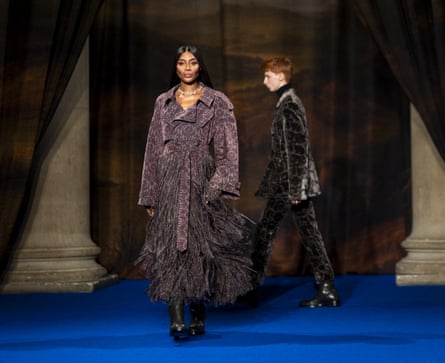
“We had been over-indexing on opinionated customers, the kind of niche buyers who might also shop at Phoebe Philo,” he said. “That type of marketing wasn’t enough to sustain this type of business.”
As a blueprint, Schulman might look back to the first designer to give Burberry a fashion makeover: Christopher Bailey. Across 17 years, the designer made the brand desirable with shows that put classic Burberry and British signifiers – rain, the trench, the Bloomsbury group – on the catwalk in a way that fashion people and consumers liked. In his time at the brand share prices increased by 729%.
Although the “everyperson” idea is always a tricky proposition for a luxury brand, this sweet spot could be found again. Burberry, unlike many fashion brands, is a household name, one with familiar, exportable signatures in the trenchcoat and the check.
Schulman said: “There is pent-up demand for a Burberry that is recognisable, that people love, that still gives them elements of surprise and delight.”
Though it is a cruel irony that many of the jobs that are to be lost will be in the factory that makes those trademark trenchcoats, the latest version of Burberry – one that has intentionally lost its cool – will be interesting to see.

 5 hours ago
6
5 hours ago
6
